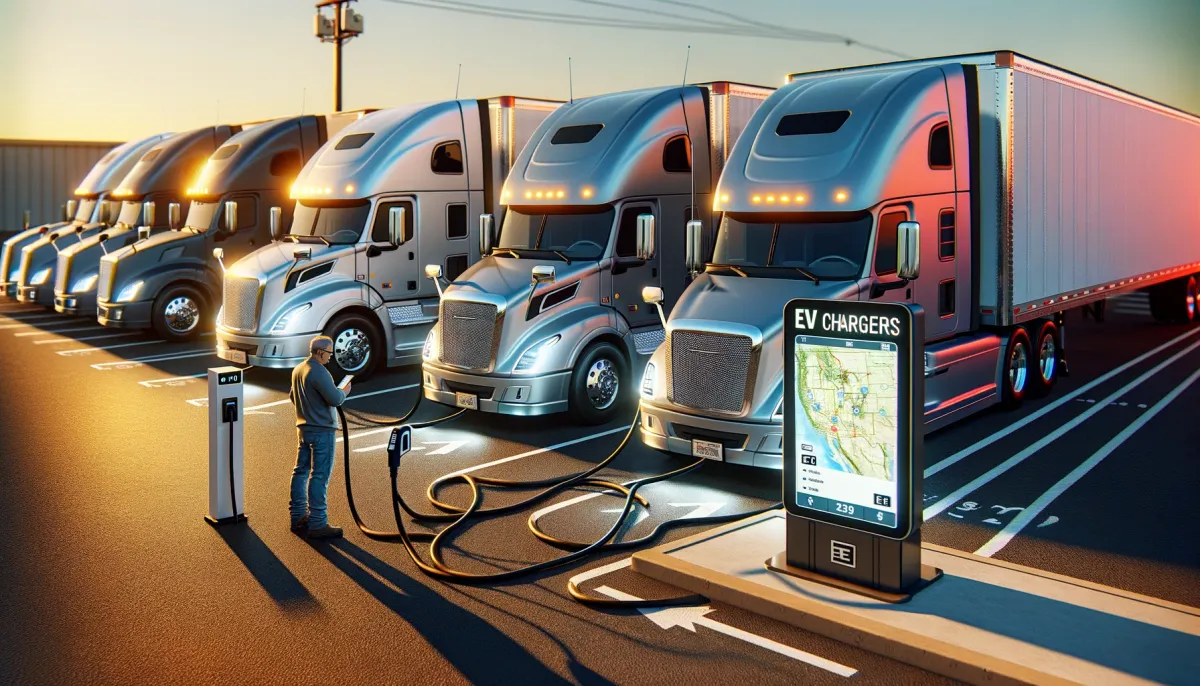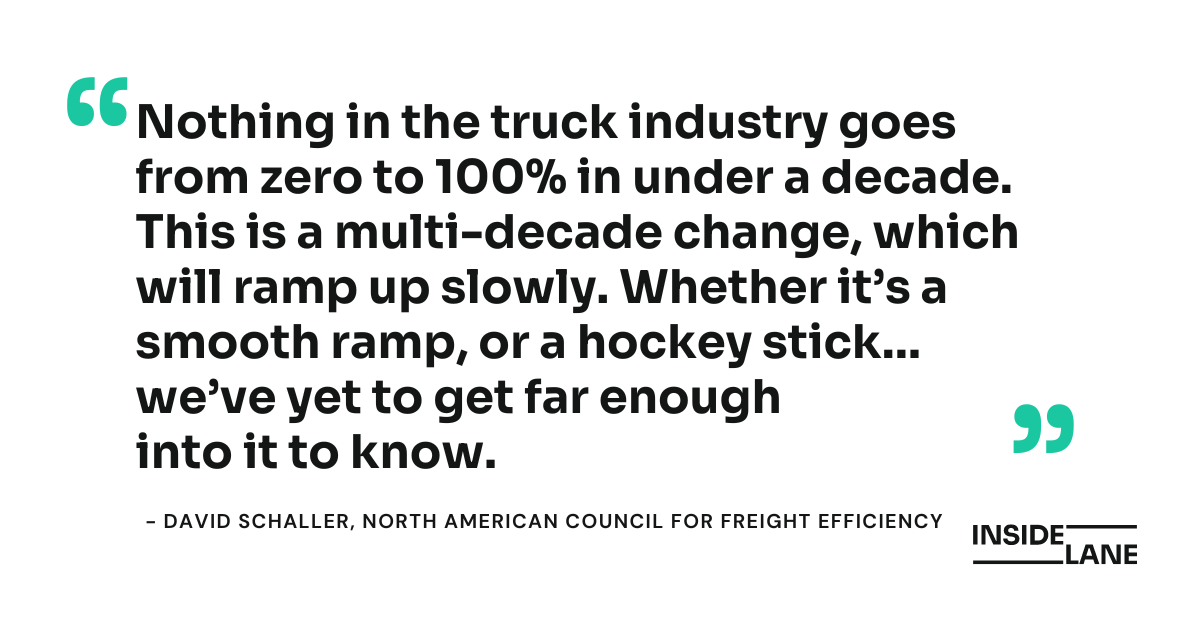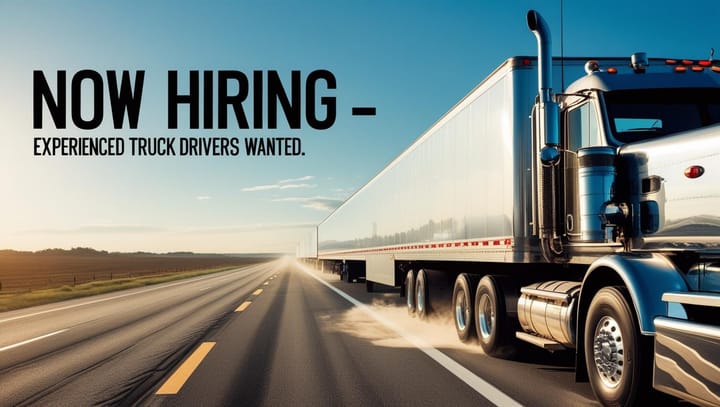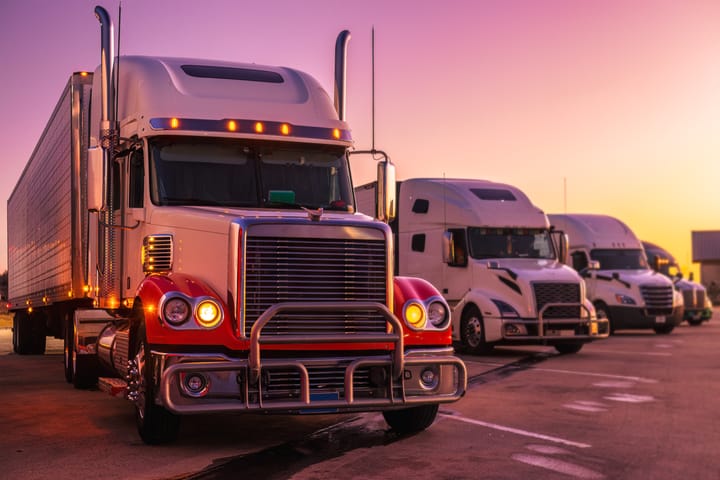Taking Charge: The EV challenges for small fleets
With state and federal policies accelerating the shift, electric trucks are becoming central to reducing emissions and costs. Challenges remain, but support for transition highlights a promising electric future.

By Alex Grant, for The Inside Lane
The future of sustainable trucking may be uncertain, but one thing is clear: electric vehicles are set to play a crucial role in this transformation, with the industry moving quickly toward electrification.
Seven states have adopted California’s Advanced Clean Trucks regulation, requiring 40% of tractors and 75% of straight trucks to be zero-emission by 2035, and federal rules are close behind.
The United States Environmental Protection Agency is demanding an 80% reduction in harmful pollutants from model year 2027 while proposing that 25% of long-haul and 35% of short-haul tractors will be electric by 2032.
For fleets, electrification promises lower reduced fuel and maintenance bills and futureproofing as shippers place greater importance on considering Scope 3 (supply chain) emissions. However, with high investment costs and operational considerations, it’s a trend that risks leaving smaller fleets behind.
Although electrification is finding roles in short-haul operations and ports, Jay Grimes, Owner-Operator Independent Drivers Association’s director of federal affairs, believes owner-operators are not as well-placed to take risks investing in new technology as larger fleets.
“Heavy-duty electric trucks’ initial cost estimates exceed $400,000, which is a non-starter for pretty much all owner-operators and small fleets,” Grimes told The Inside Lane.
“There are a number of concerns regarding range, battery weight and safety, charging time, and availability. Given current prices, owner-operators will likely be sidelined from purchasing EVs in the short-term.”
The OOIDA, an advocacy group representing the interests of independent truck drivers and small fleet owners in the U.S., is strongly opposed to EV incentives and mandates and advocates for a range of technologies.
This transition, however, poses significant challenges for the smaller players in the industry.
A recent OOIDA survey reveals several issues. Since 2001, safety and environmental rules have made trucks 52% more expensive. About 68% of owner-operators purchase second-hand trucks, the average vehicle among members is 12 years old, and 37% of these trucks don't have the modern technology that helps save fuel and reduce pollution.
Supporting the shift to electrification in trucking
With a still-challenging business case, truck OEMs are directly supporting early adopters’ electrification plans. Katie Rabideau, eMobility marketing manager at Daimler Truck North America, said “clear and achievable” regulations are vital, and the manufacturer is offering a consultancy service to help fleets invest confidently.
Daimler’s Detroit eConsulting team is analyzing operations, suggesting and optimizing suitable routes for electrification, then providing guidance about grants, incentives and financing, and helping to plan maintenance and charging strategies to control costs.
“We see multiple propulsion solutions being offered in the coming decade as we continue the journey to decarbonize the commercial vehicle industry,” she explained. “Navigating this rapidly changing landscape and offering the right solutions for the right application is something that we are committed to, as well as partnering on vehicle support through our dealer network and the right end-to-end solutions to support the success of our customers.”
Increased electrification relies heavily on evolving technology, particularly for reducing costs. A 2022 Department of Energy report cited near three times higher prices ($457,000) for long-range electric trucks compared to equivalent diesel models and a 7,000lb weight disadvantage, largely due to today’s battery technology limitations.
Economies of scale, unlocked by the electrification of lighter-duty vehicles, could help. BloombergNEF data shows lithium-ion battery pack costs fell 82% between 2013 and 2023, which makes longer ranges more affordable.
Several OEMs are also switching to lithium-iron-phosphate (LFP) cells, which are safer, more durable, and, according to BloombergNEF, 32% cheaper than the nickel manganese cobalt (NMC) chemistry that is most common today.
By 2030, the Department of Energy predicts prices will fall to $80/kWh, making almost half of medium and heavy-duty electric trucks cheaper to buy, operate and maintain than their diesel counterparts.
Mindset changes are important. An electric truck in NACFE’s latest Run on Less program hauled a heavy load 1,076 miles in 24 hours, and 410 to a full charge. The organization advises operators to focus on daily mileage instead of range, and director of industry engagement, Dave Schaller, sees a “huge need” for education and myth-busting among smaller carriers.
However, he added, some questions remain. There is a miniscule supply of used electric vehicles for small fleets, and even less real-world data about durability or residual values. Overcoming those financial risks could require a change of business model while the technology matures.
“I think there's a lot more market for [owner-operators] leasing vehicles via Penske, Ruan, Ryder, etcetera. Let that 800lb gorilla interface with the OEM and handle the initial technical difficulties [where] you are going to struggle to find the right answer,” he said.
“The business case [for leasing batteries] is clearly out there. Most [airplane] engines are leased. The same is true with locomotives. That is a business model that can be executed, it just hasn't been done in trucking yet.”
Enhancing charging infrastructure for electric trucks
Improvements in charging are also critical. CharIN, a global association developing charge system standards, is working towards a megawatt charging system for heavy-duty vehicles.
Tripling the output compared to the fastest car charge points would enable drivers to top up during a mandatory rest period and effectively double their truck’s range without adding larger, more expensive, heavier batteries.
There is federal support for those initiatives, with the Biden Administration recently confirming plans to install truck charge points and hydrogen stations along 49,000 miles of U.S. freight corridors by 2040. Delivery will take place in stages, prioritizing hubs where these vehicles are already being used before connecting them across the country.

Truck manufacturers are also stepping up. In January, four of the country’s largest OEMs formed PACT (Powering America’s Commercial Transportation) – a coalition hoping to catalyze the deployment of charging infrastructure for trucks, recognizing that their needs differ from lighter vehicles.
Board chair, Dawn Fenton, believes this will be vital for supporting smaller fleets, who are unlikely to have their own charge points, adding that action is urgent.
“Medium and heavy-duty vehicles may require up to 5-20 megawatts per site and, in many locations, there may not currently be enough power on the grid to support an electric truck fleet,” she said.
“Building charging stations for [these] vehicles may require additional transmission or distribution lines, potentially taking anywhere from three to 10 years, particularly when considering permitting timelines.”
North American Council for Freight Efficiency’s David Schaller agreed, adding that small fleets still have time to consider their next steps.
“Nothing in the truck industry goes from zero to 100% in under a decade,” he said. “This is a multi-decade change, which will ramp up slowly. Whether it’s a smooth ramp, or a hockey stick… we’ve yet to get far enough into it to know.”
Have a question or comment about this article? Email Bianca Prieto at editor@theinsidelane.co
Not yet a subscriber? Join here.





Comments ()